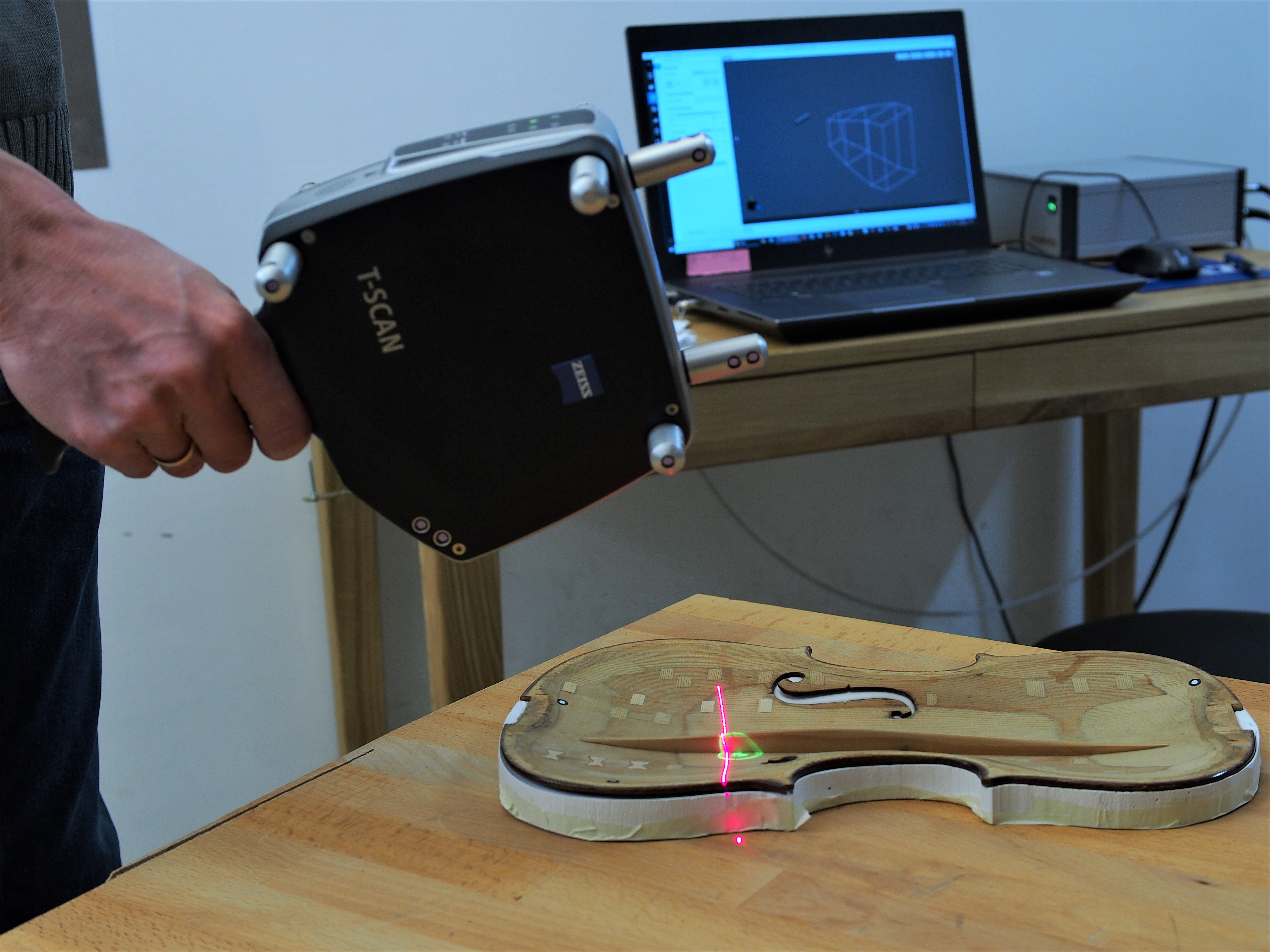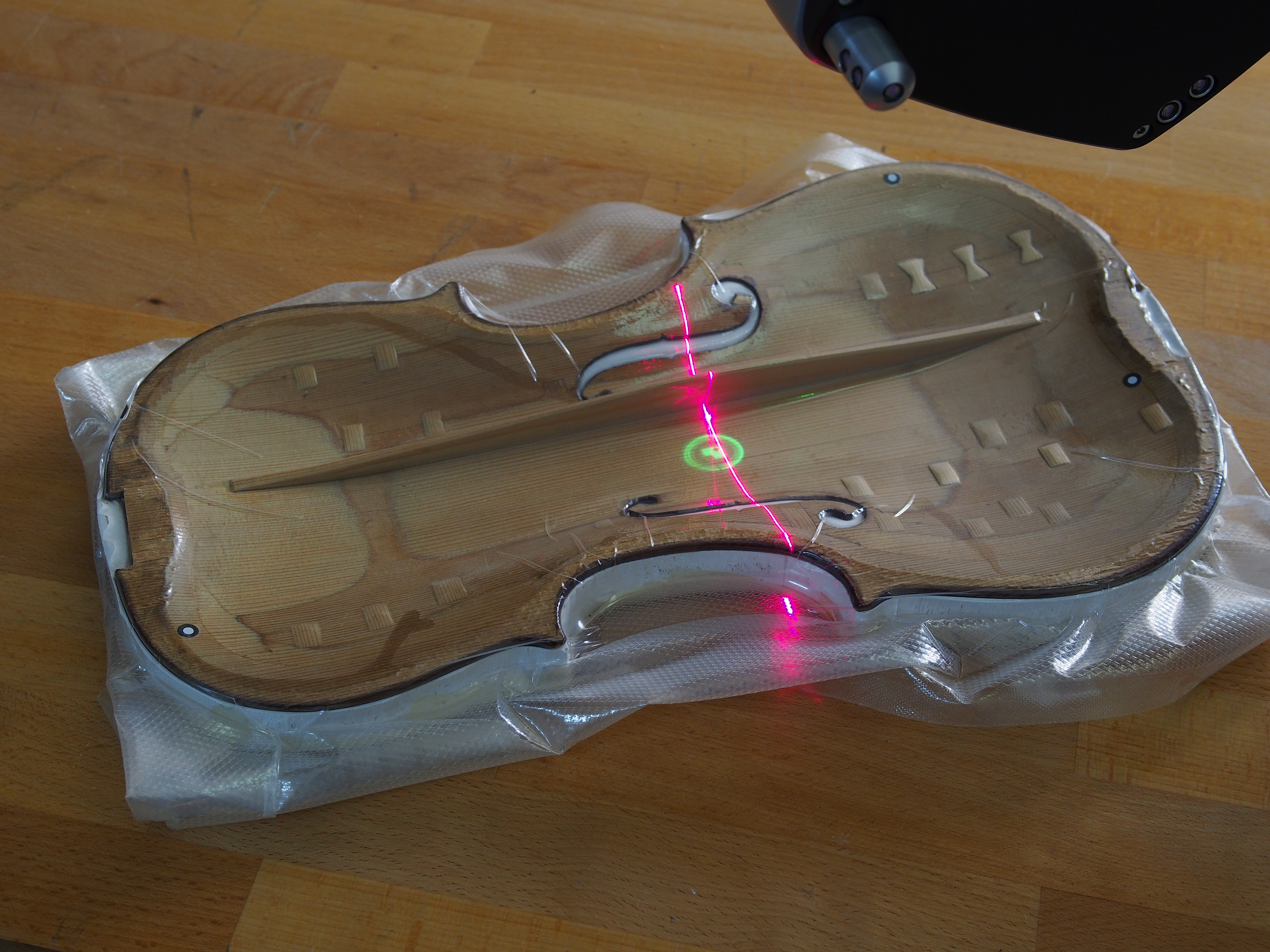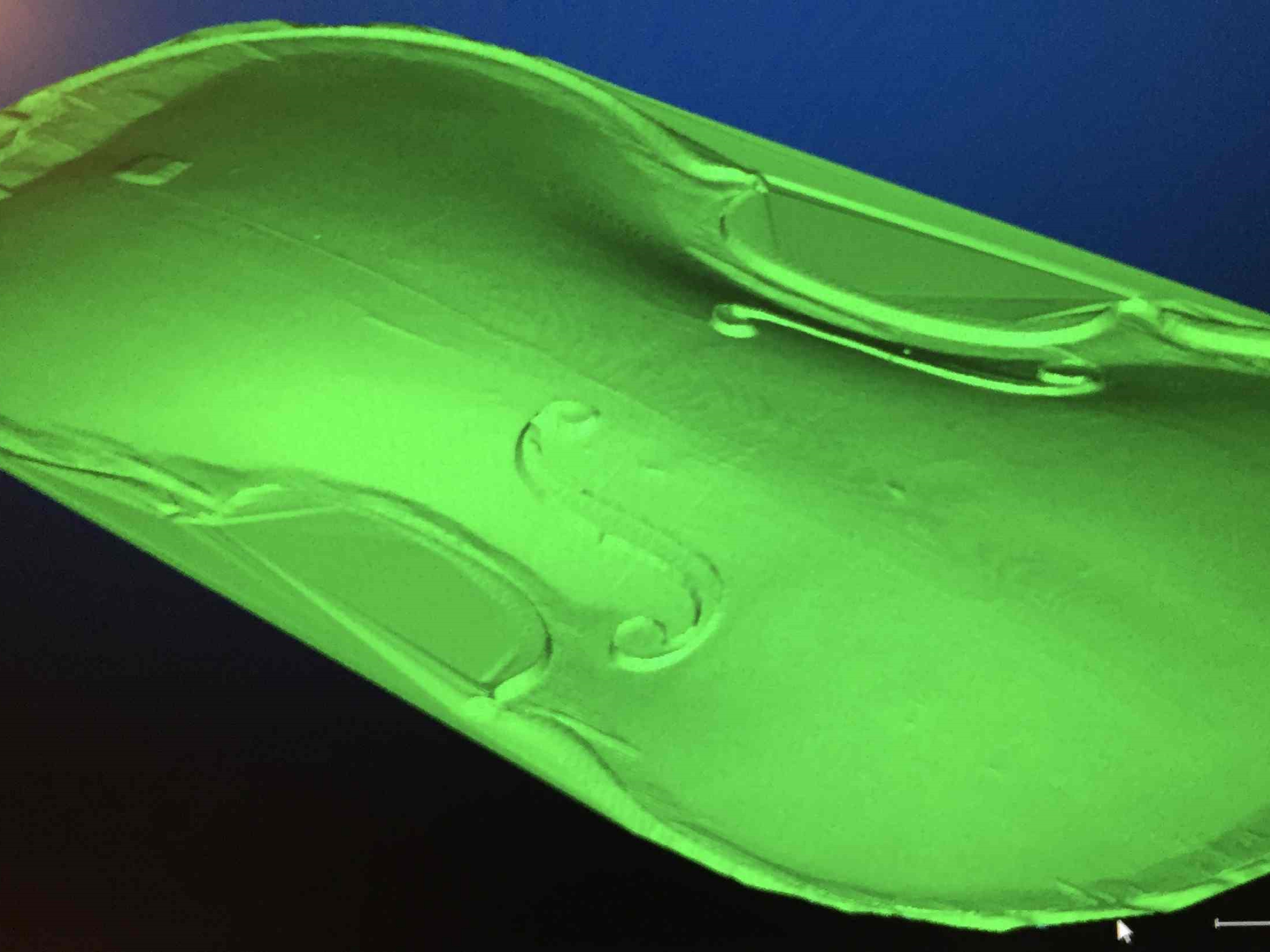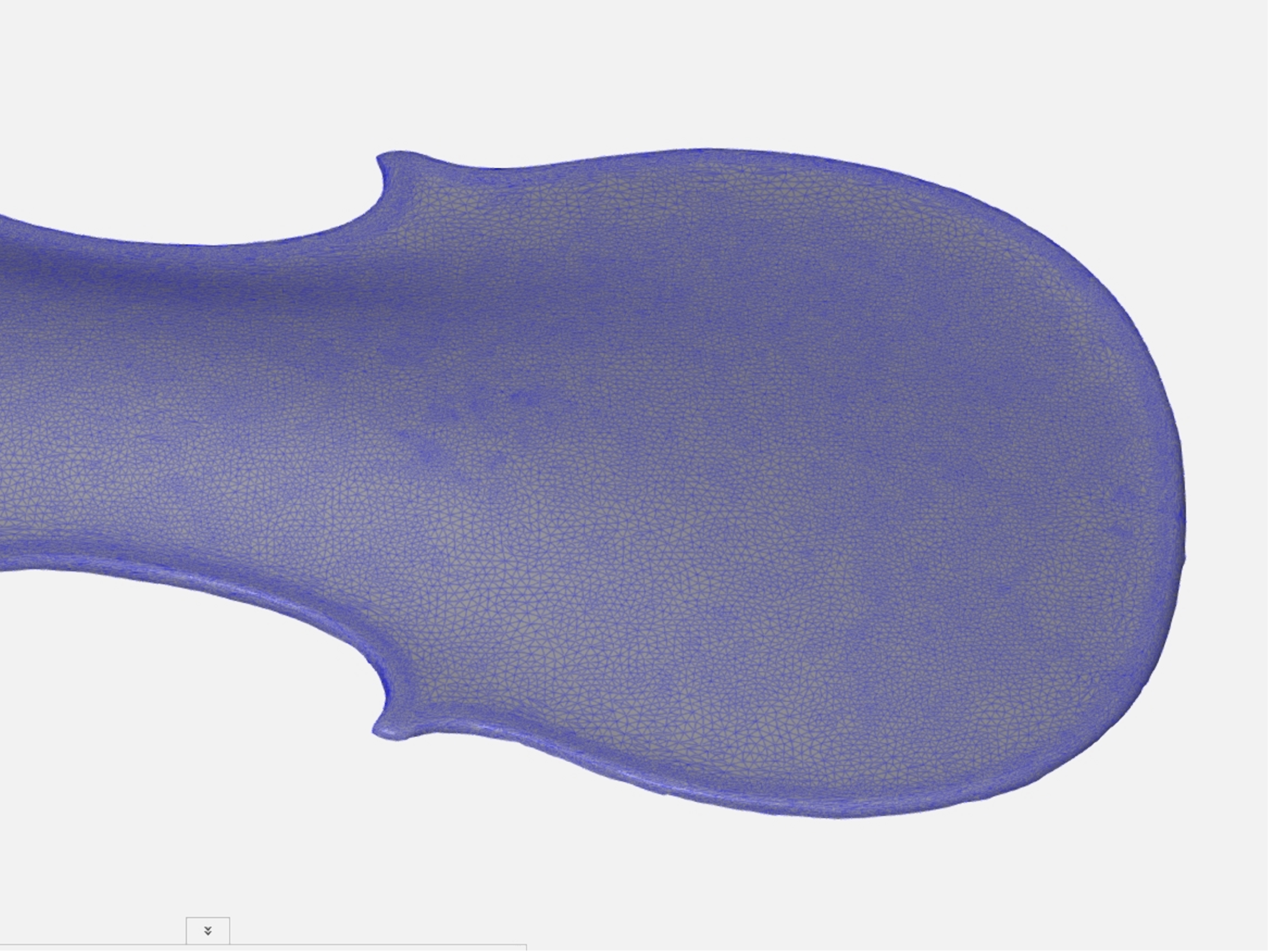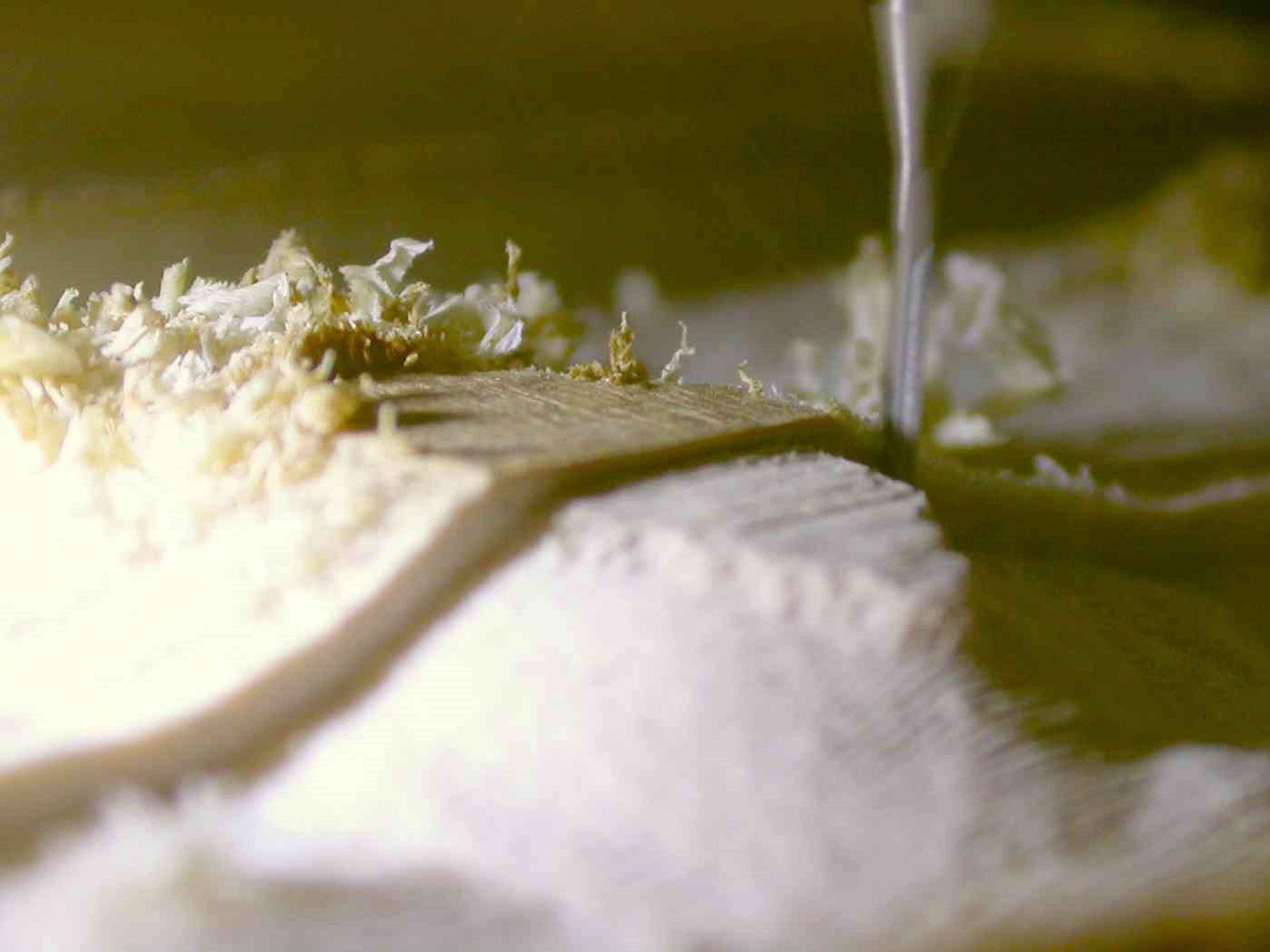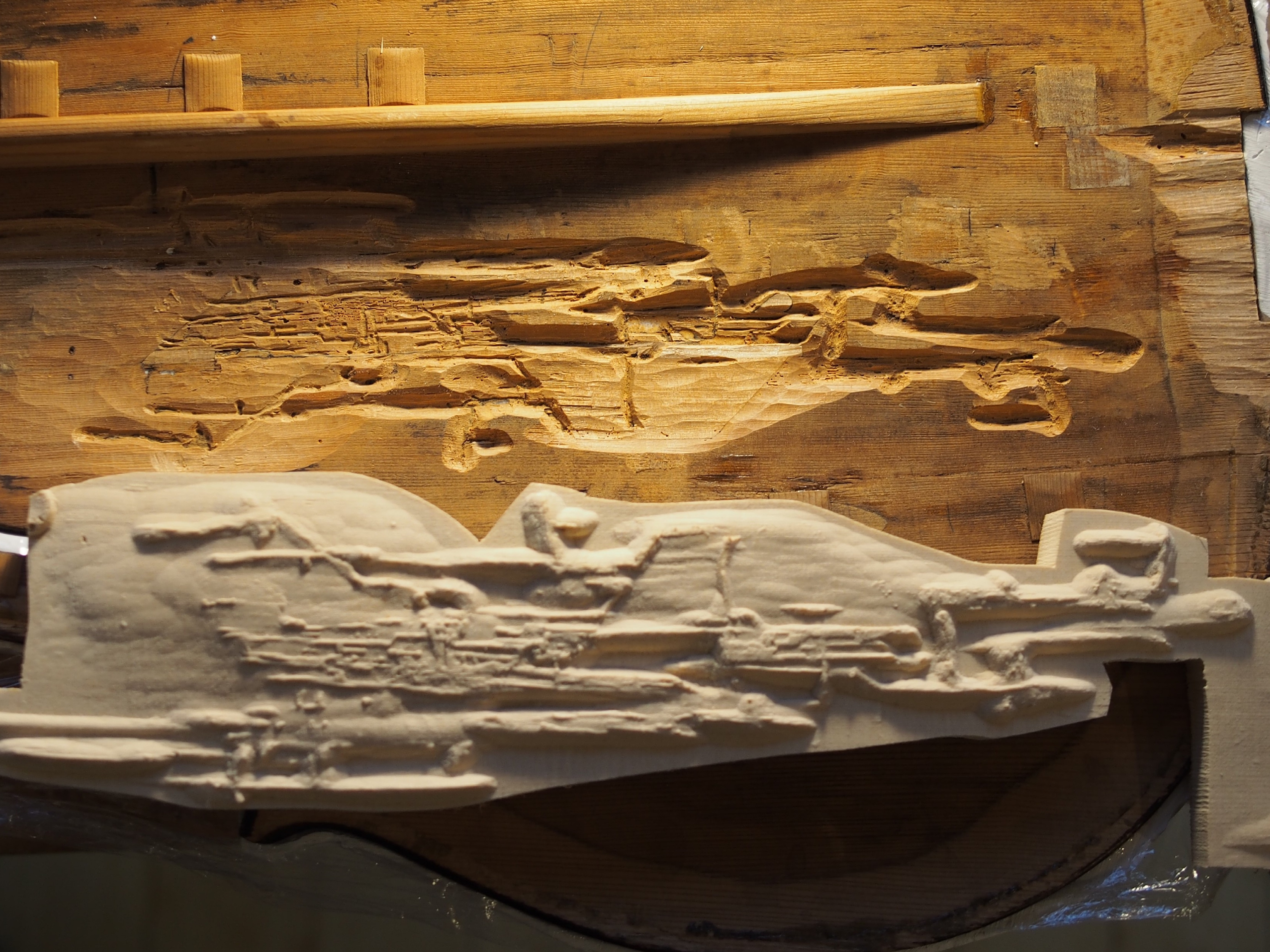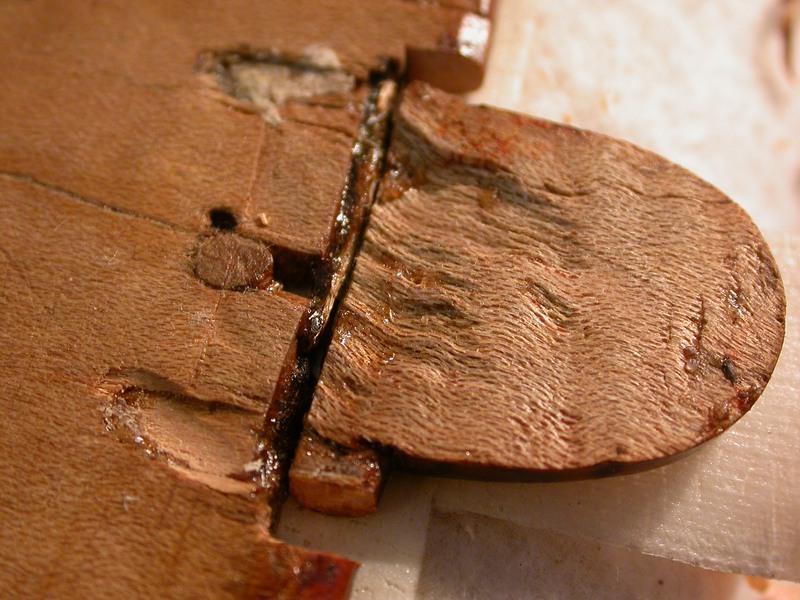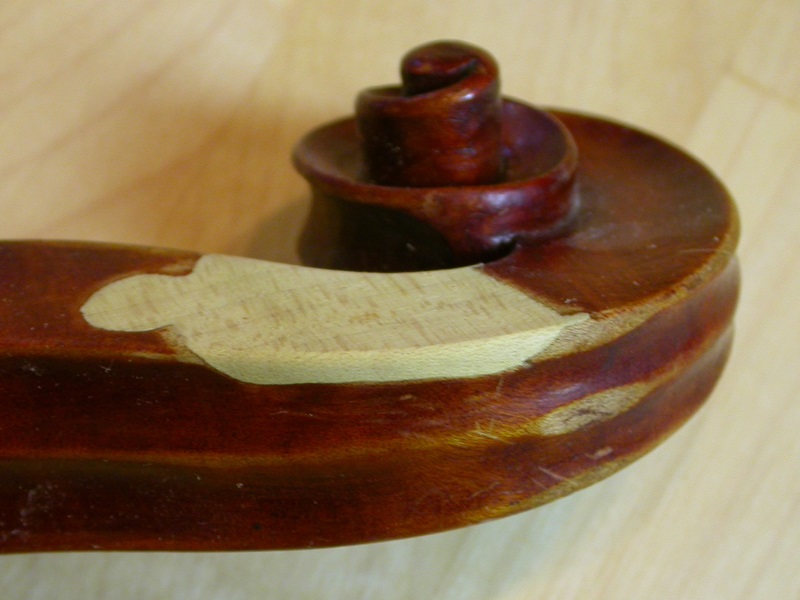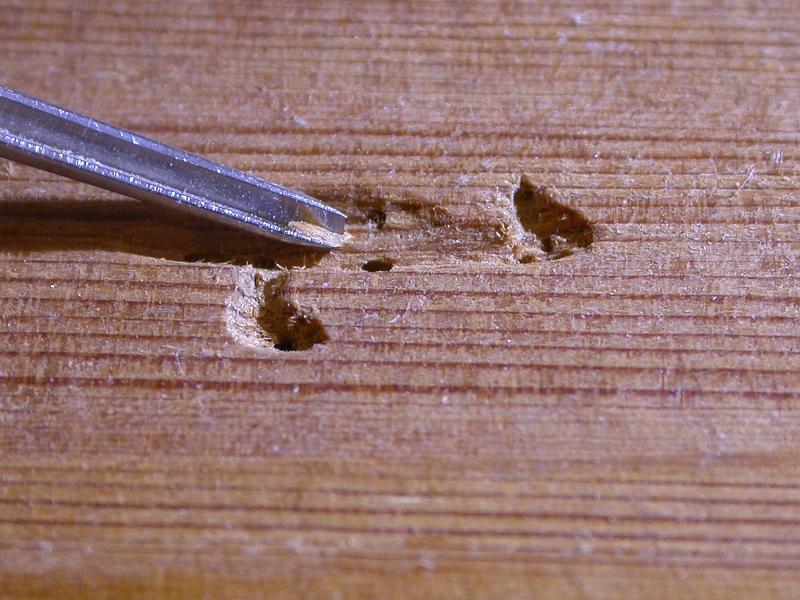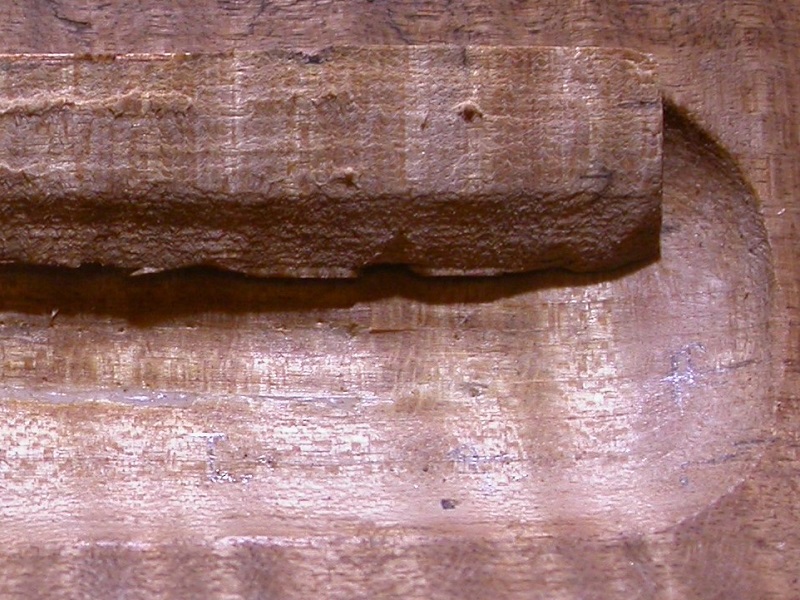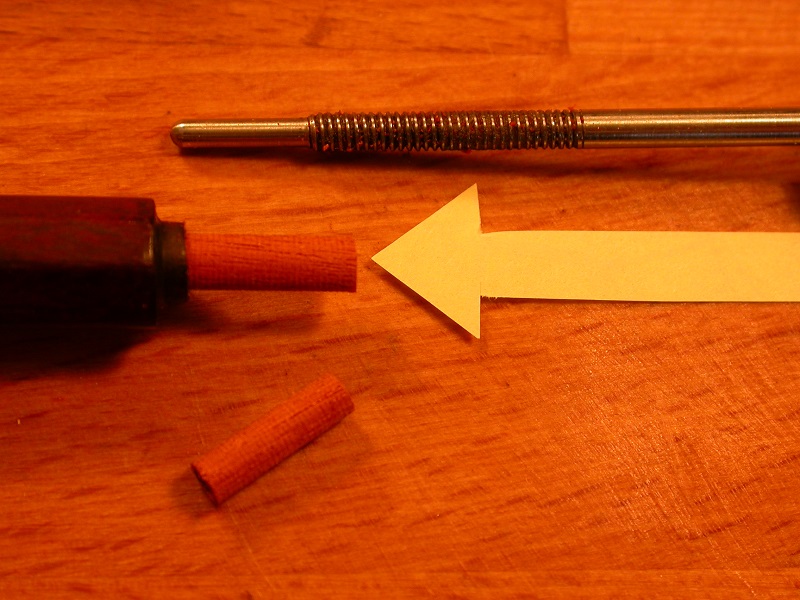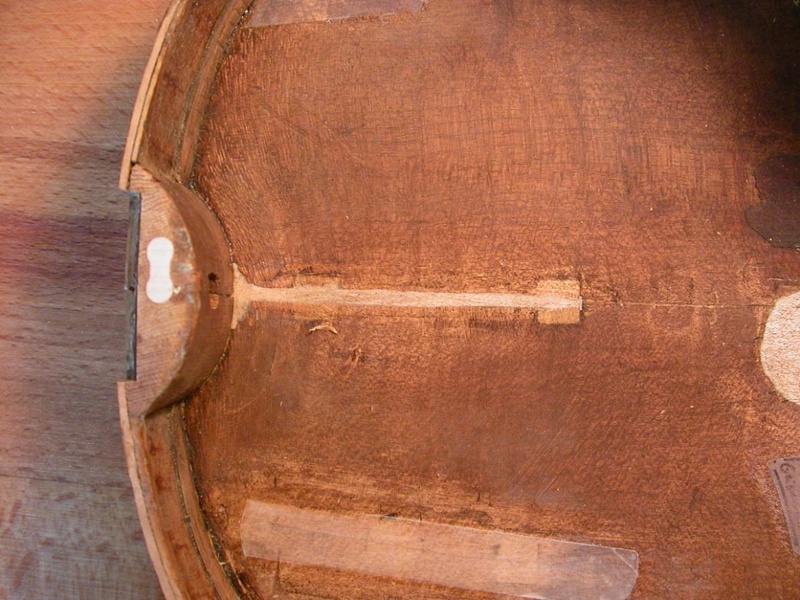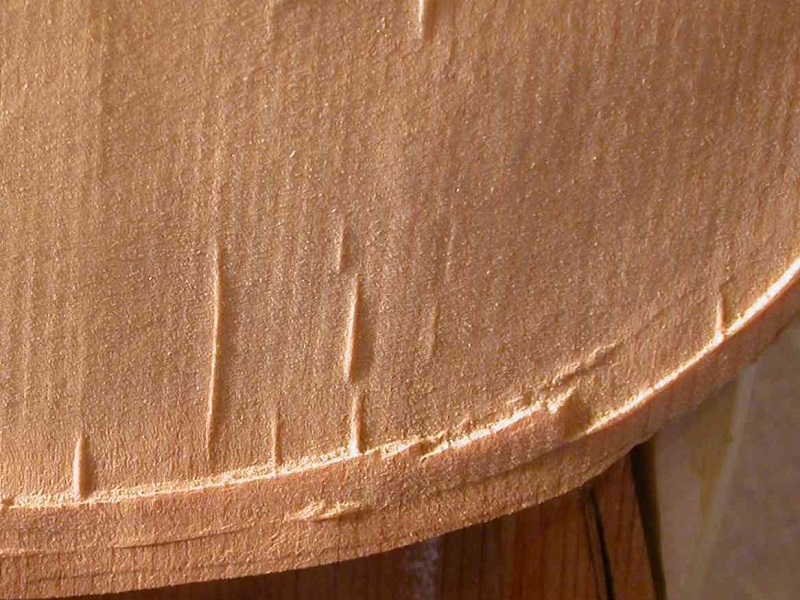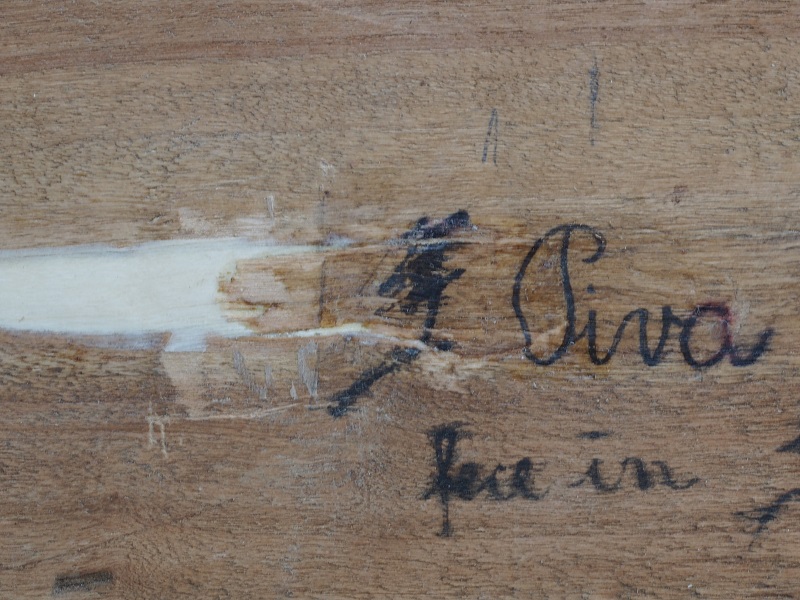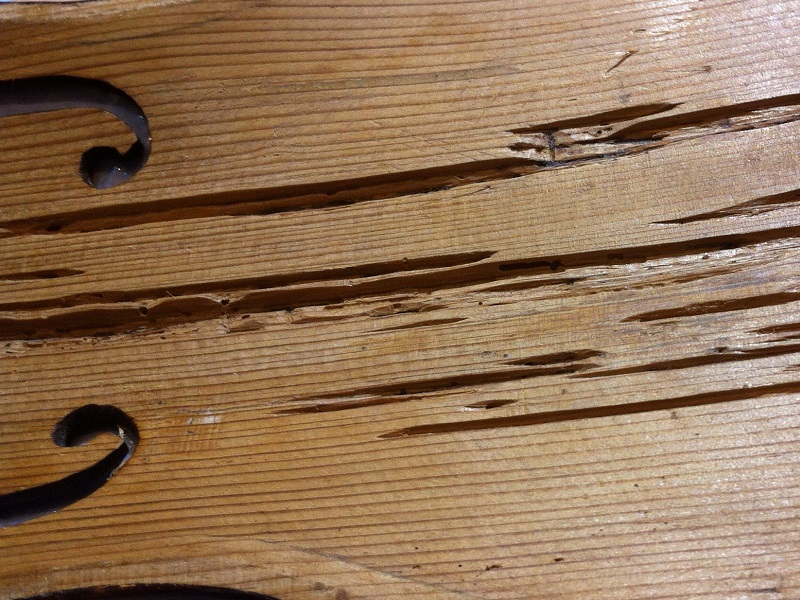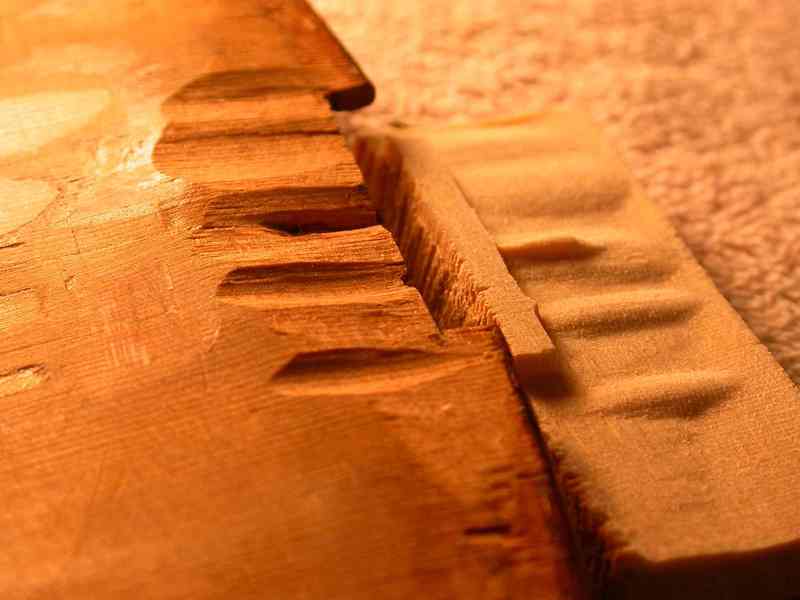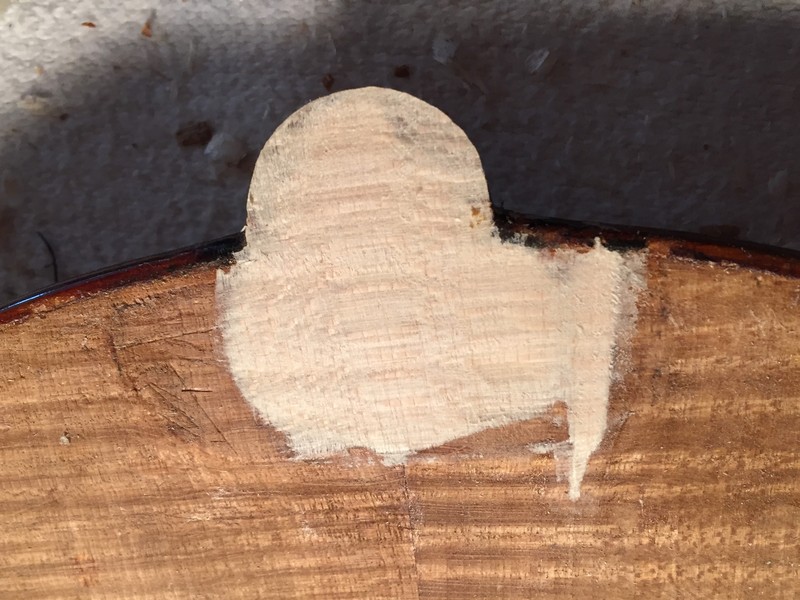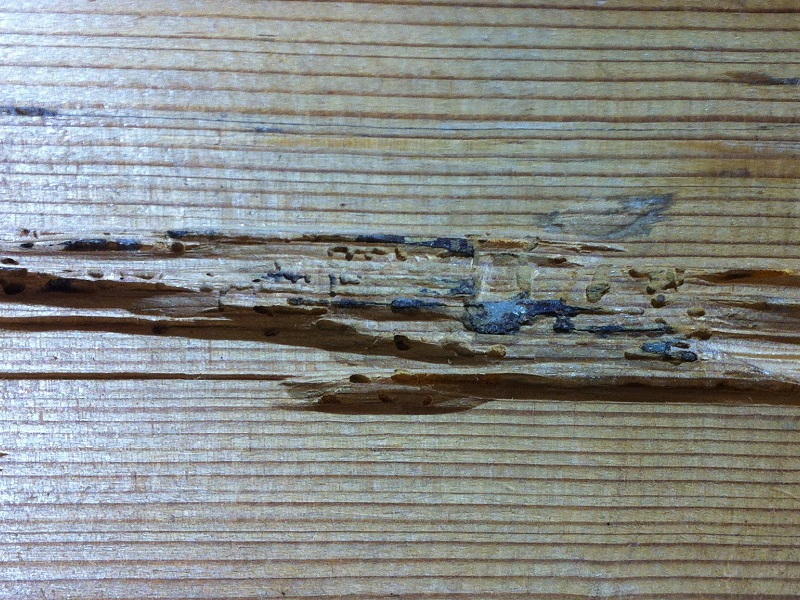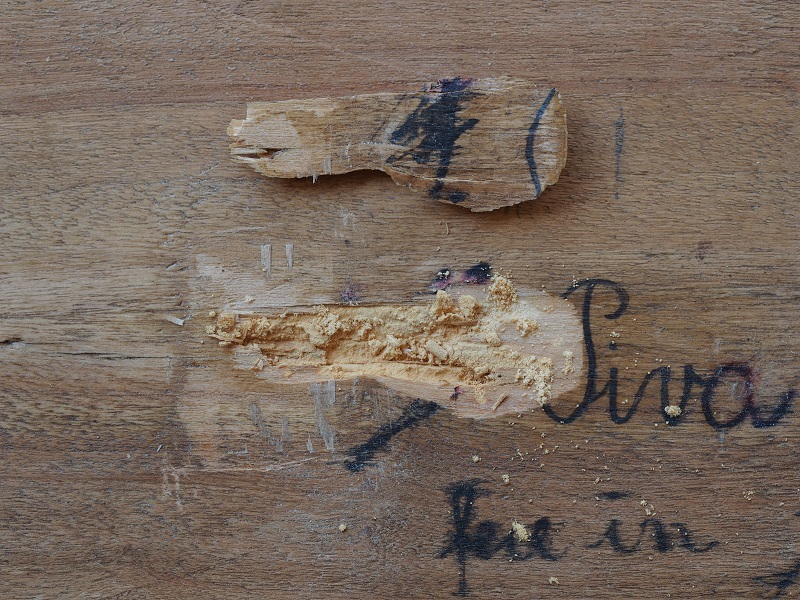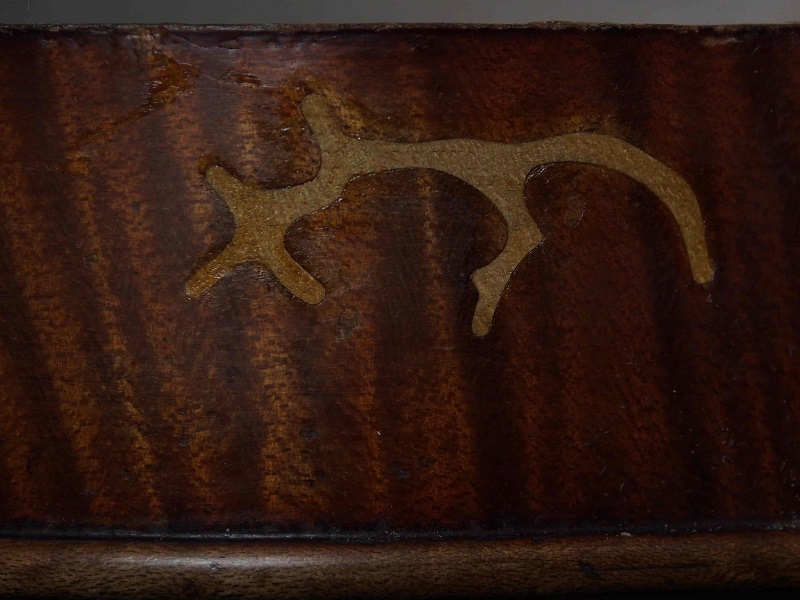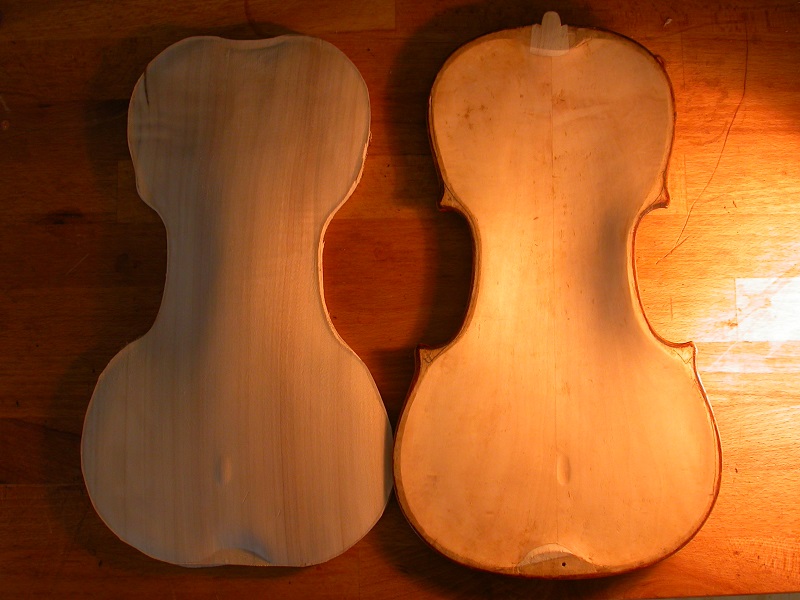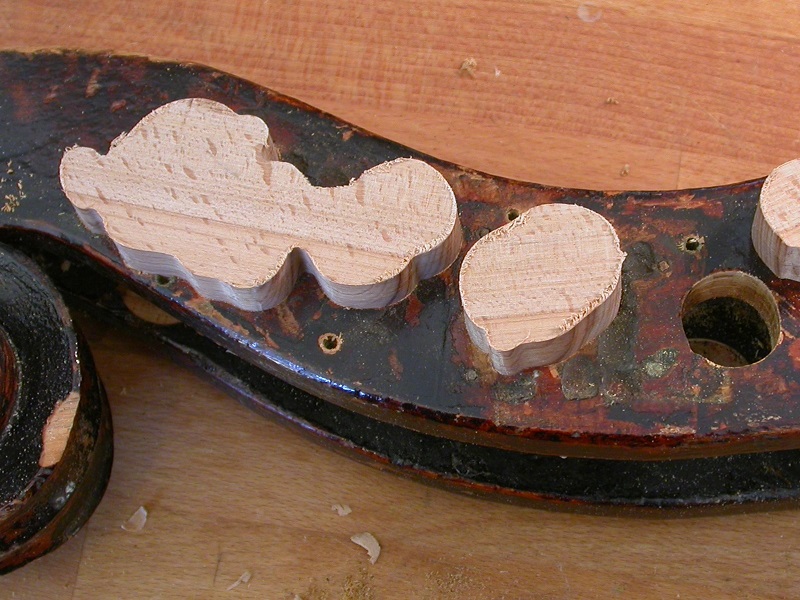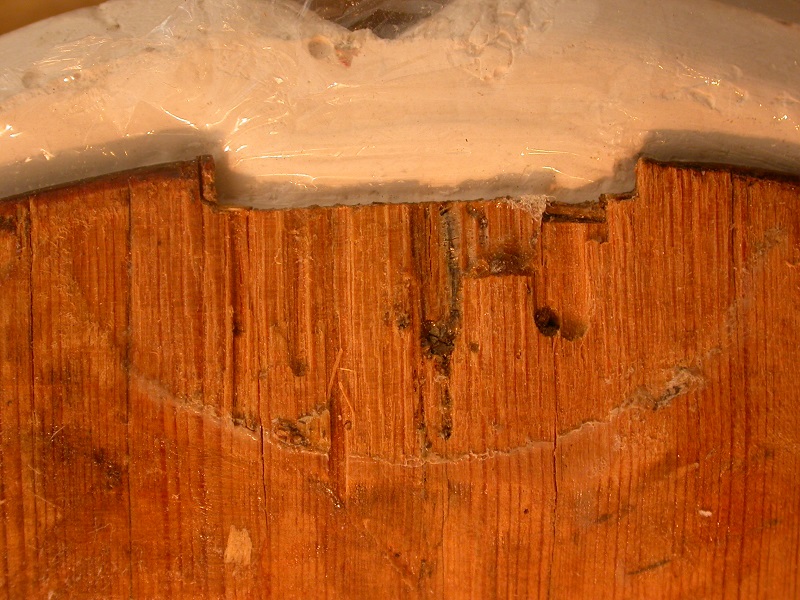Minimally invasive restoration using our inlay technique
Our inlay technique allows new, considerate, and substance-preservative repair technologies. The base was developed by me in 1999 and is constantly refined, developed, and supplemented by the newest technology since. I am offering this method to clients directly but also to colleagues for restorations of high-quality instruments.
Since April 2020 we are using a Zeiss high-performance scanner with 360.000 measurements per second and an evolved CNC technology. We are also able to edit, evaluate and apply transmitted CT data.
With the latest scanning and milling technology and many years of expertise and development, we offer a procedure with minimally invasive timber extractions. Voids for example can be filled with a perfectly fitting and delicate 3D “puzzle piece” made of a fitting and similar old wood (example). Differently arched shapes and depths (like wormholes or doublings) are no problem anymore. This technique and the software I have programmed have been filed for a patent and were honored with the innovation award of the state Hessen in 2008.
Our offering also includes scans of models or instruments for further processing. We can provide you with a 3D model in the common formats or already mill them into suitable wood by request.
One of our specializations is scanning pieces of an instrument under vacuum in a plasterboard (for example a top plate). This is to ensure that the to be restored top plate is tightly secured to the plaster. The for the vacuum needed foil is subsequently calculated or combined with additional scanned data made without the foil. This complex procedure is mandatory to prevent an unintended deformation, in this case of the top plate, when gluing the inlays.
For the milling with our precision CNC machine, a command file with multi-stage pre-milling and precision milling is generated out of the created, virtual 3D modeling data. The commands depend on the specifications of the milling tools such as the form, speed, amount of the simultaneous cuttable highs, vibration minimization, etc. To produce inlays at the highest level the accuracy of fit is reached by the measuring point density. This arises large amounts of data that have to be processed and optimized with the corresponding computer program. The aim is to skillfully process this data to constitute and implement maximum precision with a manageable amount of data. In practice, the to be restored and damaged instrument is being delivered personally or by courier to my workshop. There is also the possibility to get to the instrument with the mobile scanner if the traveling of the instrument or pieces of it is too risky.
